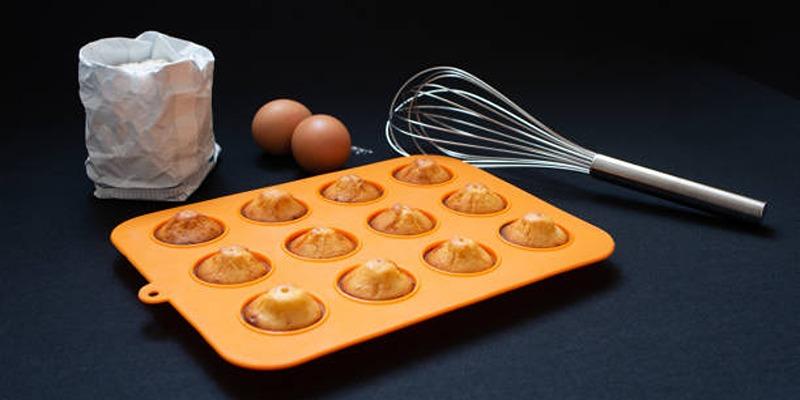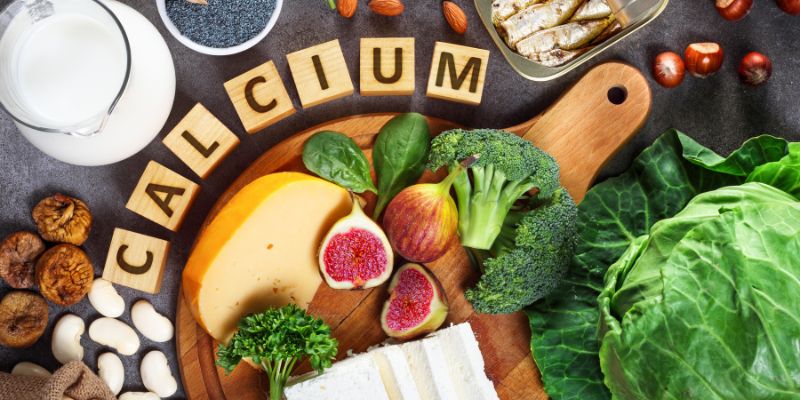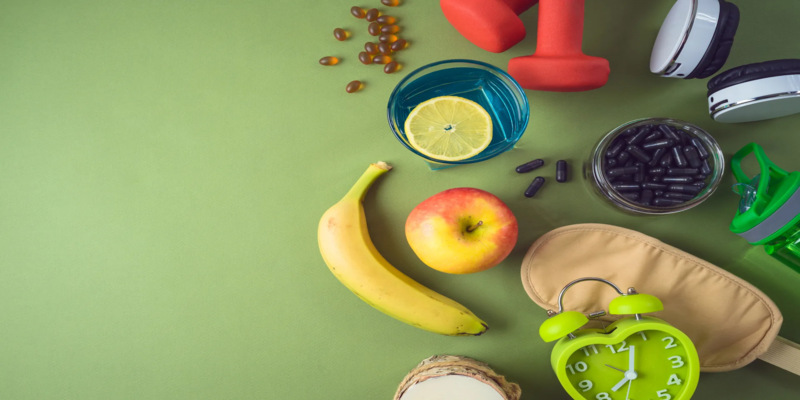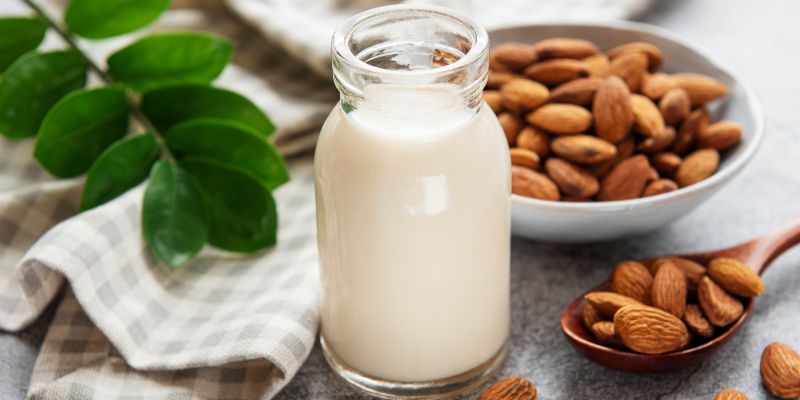In recent years, silicone baking sets have gained immense popularity among both amateur and professional bakers. Known for their flexibility, durability, and non-stick properties, these colorful kitchen tools promise to make baking easier and more enjoyable. However, as with any product that comes into contact with food, there are concerns about their safety. Are silicone baking sets truly safe for everyday use? Let's delve deeper into this topic to uncover the facts.
What Are Silicone Baking Sets?
Silicone baking sets are made from a synthetic rubber-like material known as silicone. This material is created by bonding silicon, a naturally occurring element found in sand and rock, with oxygen. The resulting compound is then molded into various shapes and sizes such as baking mats, cupcake liners, and cake molds.
Types of Silicone Baking Sets

Silicone baking sets come in a variety of forms, each designed to cater to different baking needs. Let's explore some of the most commonly used types:
- Silicone Baking Mats: Silicone baking mats are versatile sheets that can replace parchment paper and aluminum foil. They are perfect for baking cookies, pastries, and even roasting vegetables. These mats distribute heat evenly, ensuring that your baked goods have a consistent texture.
- Silicone Cupcake Liners: These reusable liners are an eco-friendly alternative to traditional paper liners. Silicone cupcake liners come in various colors and patterns, adding a fun element to baking. They're non-stick, so your cupcakes and muffins come out effortlessly.
- Silicone Cake Molds: Silicone cake molds are available in a plethora of shapes and sizes, from classic round and square molds to intricate designs like flowers and cartoon characters. Their flexibility makes it easy to remove cakes without damaging their shape, making them ideal for intricate and detailed desserts.
- Silicone Spatulas and Utensils: These tools are a baker's best friend, known for their flexibility and heat resistance. Silicone spatulas, whisks, and brushes are perfect for mixing batter, scraping bowls, and applying glazes or egg washes.
Safety Considerations
When it comes to using silicone baking sets, safety is a key concern for many consumers. Several factors should be taken into account to ensure their safe use:
- Food Grade Quality: Ensure that the silicone baking sets you purchase are labeled as 'food grade.' This indicates that they meet stringent safety standards and are free from harmful substances like BPA, BPS, and phthalates.
- Heat Resistance: Silicone baking sets are generally heat resistant, with most high-quality products able to withstand temperatures ranging from -40F to 450F (-40C to 230C). This makes them suitable for baking, freezing, and even microwave use. However, always check the manufacturer's guidelines to avoid damaging the material.
- Odor and Taste: Low-quality silicone can sometimes retain odors and impart a taste to food. Opt for premium, food-grade silicone products that do not have any fillers or additives, as these are less likely to have these issues.
- Cleaning and Maintenance: Proper cleaning and maintenance can extend the lifespan of silicone baking sets. They are typically dishwasher safe, but they can also be washed by hand with warm soapy water. Avoid using abrasive scrubbers, as they can damage the surface of the silicone.
Health Concerns: Fact and Fiction
Despite their popularity, silicone baking sets have been the subject of some controversy. Consumers are concerned about potential health risks associated with prolonged exposure to synthetic materials.
Composition and Heat Stability
The primary concern is whether the silicone material can withstand high temperatures without degrading. High-quality silicone is generally considered stable and doesn't release harmful chemicals when used within recommended temperature ranges.
Potential Risks
- Low-Quality Silicone: Inferior products may contain filler materials or additives that could leach into food under high heat.
- Temperature Limits: Exceeding the manufacturer's recommended temperature settings can cause the silicone to break down, potentially releasing volatile compounds.
Scientific Studies and Regulatory Stance
Numerous studies have been conducted to evaluate the safety of silicone cookware. Regulatory agencies like the Food and Drug Administration (FDA) consider food-grade silicone to be safe for cooking and baking when used according to the manufacturer's guidelines. However, consumers should always check for certifications like "FDA-approved" to ensure the product meets stringent safety standards.
Tips for Using Silicone Baking Sets
To get the most out of your silicone baking sets while ensuring safety, it's important to follow some best practices.
Purchasing Tips
- Buy from Reputable Brands: Well-known brands are more likely to adhere to safety standards.
- Check for Certifications: Look for FDA-approved or European LFGB certifications.
- Read Reviews: Consumer feedback can provide insight into the product's performance and safety.
Usage Tips
- Temperature Limits: Always adhere to the temperature guidelines provided by the manufacturer.
- Cleaning: Avoid abrasive cleaners that could scratch the silicone surface.
- Storage: Store in a cool, dry place to prolong the life of the silicone.
Environment and Cost Considerations:

Eco-Friendly Choice
Silicone baking sets are often touted as an eco-friendly alternative to traditional bakeware. Unlike single-use options like parchment paper and disposable aluminum pans, silicone products are durable and reusable. This reduces the amount of waste generated in the kitchen and contributes to a reduction in overall environmental impact. Additionally, silicone is derived from silica, which is an abundant natural resource, making it a more sustainable option compared to petroleum-based plastics.
Reduced Carbon Footprint
Due to their longevity, silicone baking sets contribute to a lower carbon footprint. While the initial production process of silicone products consumes energy, the long-term reuse of these items offsets the initial environmental cost. This is particularly beneficial for consumers who frequently bake or cook, as they can significantly reduce the number of disposable items they use over time.
Cost Efficiency
While the upfront cost of purchasing silicone baking sets may be higher than that of traditional bakeware, the long-term savings are substantial. Traditional bakeware often needs to be replaced more frequently due to wear and tear, whereas high-quality silicone products can last for years. Furthermore, the non-stick nature of silicone reduces the need for additional baking sprays or oils, adding to the cost savings.
Recycling and Disposal
One of the challenges associated with silicone products is their recyclability. Unlike more common materials like PET plastics, silicone recycling requires specialized facilities. However, some companies are beginning to offer take-back programs to recycle old silicone products. It's important for consumers to research local recycling options and dispose of silicone products responsibly to minimize their environmental footprint.
Versatility and Multi-Functionality
Silicone baking sets are not limited to just baking. Their versatility extends to other culinary uses such as candy making, ice cube trays, and meal prep containers. This multifunctionality reduces the need for multiple specialized tools and accessories in the kitchen, which can further save money and decrease clutter. The ability to use silicone items in the oven, microwave, and freezer makes them incredibly versatile, allowing consumers to streamline their kitchen arsenal.
Conclusion:
Silicone baking sets have become increasingly popular among bakers, thanks to their flexibility, durability, and safety. Adhering to safety guidelines and selecting high-quality products from reputable brands can ensure a pleasant baking experience with these versatile tools. So go ahead and experiment with all the fun shapes, sizes, and designs available in silicone baking sets to create delicious treats for your family and friends!







